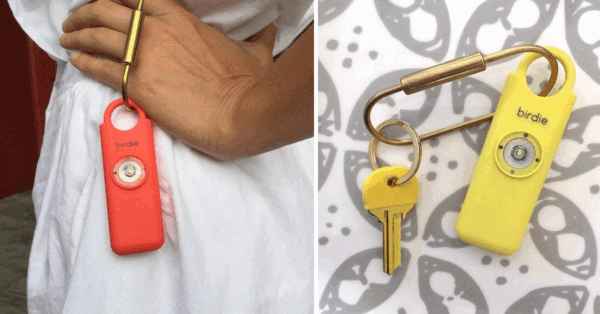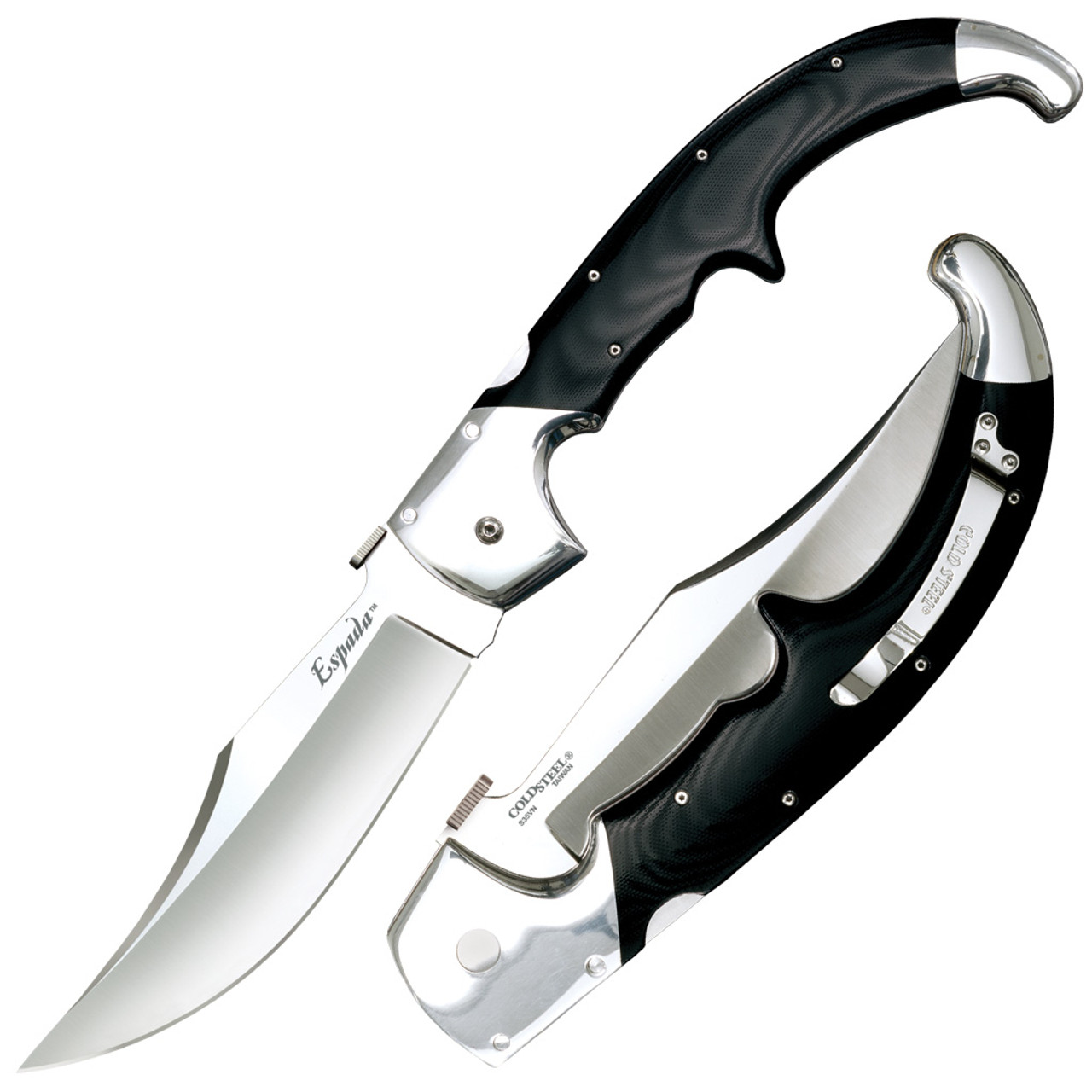
The basic weapon of law enforcement officers is the batons. These cylindrical-shaped clubs can be made from wood, plastic, rubber, metal, or both. These are often used as a compliance tool or defensive weapon. Batons are carried by law enforcers, corrections officers (security guards), and military personnel for different purposes.
Legality
Batons are a weapon that a police officer can use to control a person. It is not possible to ban batons in every state. While the majority of states don't prohibit batons, a few do. In California, carrying one in a public place is against the law. In other states like MA and Washington DC however, carrying a baton in public is not a crime.

Types
There are several different types of batons. One type is the side-handle baton, which has a short handle on the side of the shaft. The handle is approximately 150mm (6 inches) long and the main shaft about 61cm (24.5 inches) long. This style is inspired by the Japanese weapon tonfa. It is also used in martial art. The police prefer a side-handled baton because it is more defensive. Police began using side-handled batons in violent confrontations with civil right protesters in the 1960s.
Cost
Batons are one example of the oldest weapon in existence. They have long been used by many cultures and civilizations over thousands of year. They can be made of wood or metal and serve as an effective weapon for self defense. Batons are still being used by police all over the world, even though guns are usually preferred in self-defense situations. They are also a cost-effective option for home defense.
Design that is sophisticated
The sophisticated design of batons blends the beauty of a traditional baton and the modern technological advances of modern technology. These batons have been created using additive manufacture, which uses a laser beam to fuse metal powder into a hard object. The new technology produced a baton featuring a 4000-layer latticework, which has a double-strung construction and a polished untreated exterior.
Strikes cause pain
Baton strikes are a popular way for police officers inflict serious pain. They should strike the temple and eye as well as the nose, nose, forehead, and head. The base of the skull and the back of your head could also be targets. A police officer should be able to give a valid reason for using force when they deliver strikes. If there is an imminent threat to life, the police officer must be capable of explaining why they have to use force and show that the person is unable or unwilling to defend themselves using reasonable means.

Use only
Police officers should follow their department's use-of force policy when using batons. They must also explain why they are using batons and try to avoid striking areas that are considered "off-limits".
FAQ
What is the best self-defense method?
Pepper spray is an effective weapon for self-defense. It's fast-acting, and very easy to use. Pepper spray should be used with care.
As a first defense against violent attackers pepper spray should not be used. Call 911 immediately if you are threatened or threatened with violence.
How much does a stun gun cost?
A stun gun can cost anywhere from $20 to $100, depending on the model.
Two batteries are included in most models. The battery lasts approximately three to four months.
How long does it usually take to recharge a stungun?
This will vary depending upon the type of battery.
For example, AAA batteries take up to 8 hours to charge while AA batteries take approximately 2 hours.
Do stun guns hurt people?
But it's not. The stun gun injects a tiny amount of current into the skin.
This doesn't mean that you will suffer permanent damage.
Are there any legal requirements for owning a stun gun?
Some states require that you show proof of training before you can get a stungun.
Some states require you to register your stun gun with the police.
Other states require that you notify law enforcement authorities whenever you move.
Statistics
- The Rape, Abuse & Incest National Network reports that 70 percent of sexual violence cases aren't committed by random strangers in a dark alley but by people we know: friends, family, partners, co-workers, etc. (healthline.com)
- Saying this, Self defense 101 would be the importance of situational awareness, which can never be replaced by the finest of martial arts, because it is this that would help you to avoid any likely attacks in the first place. (worldofselfdefense.com)
- Verbal harassment was the most common form, but 51 percent of women said they were touched or groped in an unwelcome way, while 27 percent of women survived sexual assault. (healthline.com)
- Boxers aren't allowed to fight in a clinch, which is a position that occurs in 80% of the streetfights. (mmaclan.com)
External Links
How To
How to Survive an Invasion at Home
Home invasion can be a frightening thought, especially if there are children involved. We didn’t know that we would be experiencing it ourselves as we embarked on our home security system installation adventure. Here are the lessons we have learned thus far.
-
Don't let your children witness the attackers. Two men entered our home while our children were asleep upstairs. They were taken downstairs by us until police arrived. Our children were not hurt but the experience was enough for them to be traumatized.
-
Lock all valuables. In our bedroom, we keep valuables safe. Even if someone is able to break into the house they won't have access.
-
Keep an eye on Burglars. We live in a neighborhood that has a lot of burglaries. We pay attention to suspicious cars and people.
-
Always have a backup plan. Our family will be financially protected in case anything happens. We also have a plan in place to leave the country if necessary.
-
Always be prepared Be prepared in case you are ever forced to defend your own life. You should always have water and food on hand.
-
Call 911 immediately. Call 911 immediately after finding out someone is breaking into your house. It is better than waiting for authorities to knock on your door.
-
Use common sense. You won't allow anyone in who isn't right for you. Invite strangers only to visit.
-
Ask for help from your neighbors or other people in the area. Call neighbors or friends if you feel unsafe. They will be able to watch your back and call the police.
-
Stay Calm And Do As Instructed By Police Officers. Stay calm and do exactly as instructed by officers. Do not run or resist arrest.
-
Take pictures of any evidence. Photograph any evidence that is found during an investigation. This includes fingerprints, blood samples and other items.
-
File A Report With Local Law Enforcement. File a report with law enforcement even if no one was injured. You may be able to prevent other crimes.
-
Contact the Insurance Company Immediately. Contact your insurance company right away. Tell them everything that happened and ask for an adjuster to come out to assess the damage.
-
Your personal belongings should be removed. Remove personal belongings before leaving the scene. It is best to take your expensive jewelry off and place it somewhere safe.
-
Take Care of Yourself. Make sure to clean up after your self. Take out the trash and break glass and lock all doors and windows.
-
Talk about What happened. Talk about what happened to someone else. You never know who might attempt to use this information against later.